With an anticipated return to travel in 2021, it’s the perfect time to start planning a trip—or trips—to the Civil War’s most epic sites. Maybe you’ve seen them, maybe not, but these are the sights that always dazzle. And there’s always more to see and learn. One amazing way to visit a battlefield is with BGES’s expert historians. For those that have a related tour in 2021, we’ve included links.
Antietam National Battlefield, Maryland
On September 17, 1862, Confederate Gen. Robert E. Lee went against Union Gen. George McClellan in the farm fields of Western Maryland and the banks of Antietam Creek, in the first invasion of the North. After fighting at seminal locations including Dunker Church and Burnside’s Bridge, Antietam (also called Sharpsburg) remains the bloodiest day of battle in U.S. history, with 22,717 dead, wounded, or missing. The battle ended in a draw, but it allowed Lincoln to issue the preliminary Emancipation Proclamation, driving a wedge between adventuresome European nations and Lincoln’s attempt to control the rebellion.
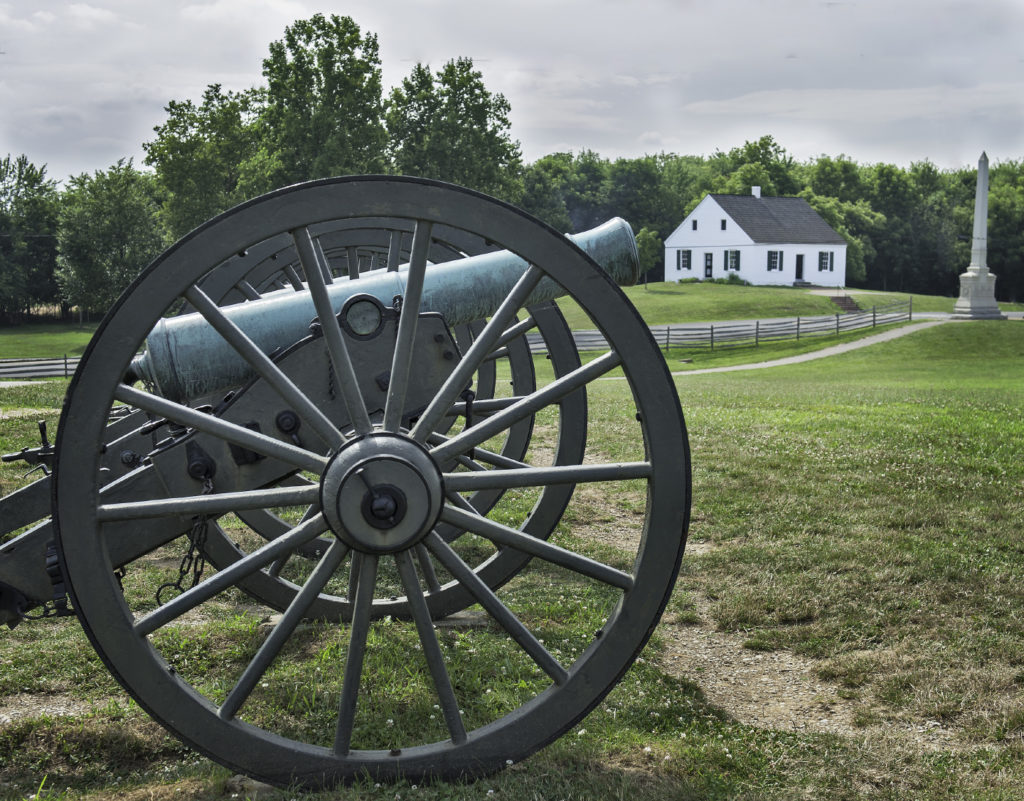
Sites to see: The visitor center of Antietam National Battlefield is closed for an extensive renovation until late 2021 or 2022; a temporary visitor center has a small exhibit area. You can bike or drive the battlefield, taking in the Cornfield, Dunker Church, Sunken Road, Burnside’s Bridge, and National Cemetery.
Upcoming BGES Tour: A Weekend with Historian Dennis Frye, John Brown, and Stonewall Jackson, with Dennis Frye | July 31–August 1, 2021
Appomattox Court House National Historical Park, Virginia
The Army of Northern Virginia surrendered on April 9, 1865, in the McLean House, in the village of Appomattox Court House in central Virginia. Lee’s surrender didn’t end the Civil War, but it sent a signal that the war was ending.

Sites to see: Appomattox Court House National Historical Park offers 27 structures, all restored to their 1865 appearance. The must-see is the McLean House, where the documents were signed in the parlor.
Gettysburg National Military Site, Pennsylvania
After Gen. Robert E. Lee triumphed at Chancellorsville in June 1863, he marched his Army of Northern Virginia north into Pennsylvania, where they met up with Union Maj. Gen. George Meade’s Army of the Potomac. Over three days in early July 1863, the two armies clashed on Pennsylvania’s farmlands, resulting in a huge number of casualties—and what many describe as the war’s turning point.
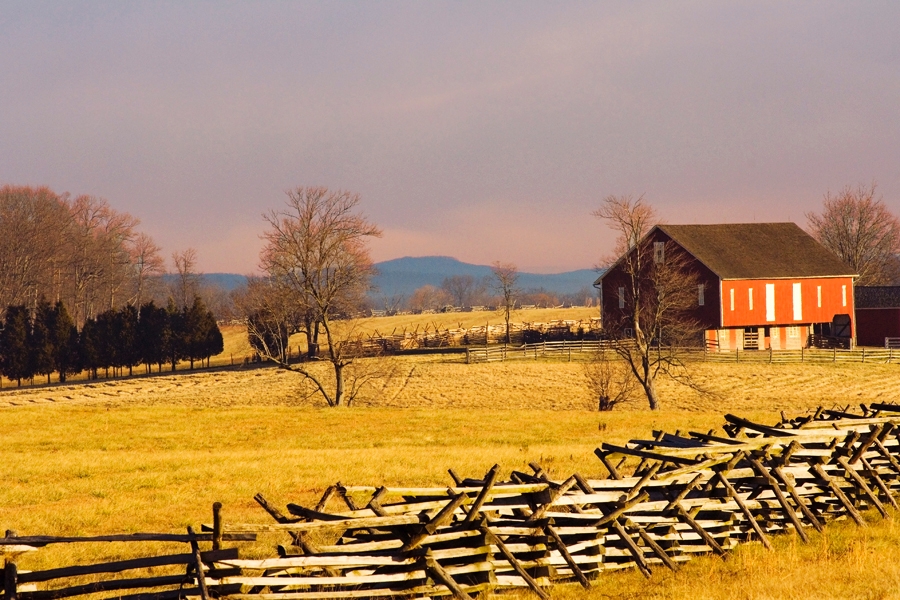
Sites to see: The 6,000-acre national military park takes in Little Round Top, Cemetery Ridge, and Devil’s Den, among other important sites, and can be toured by car or bike. There are also different hiking trails, observation points, and a state-of-the-art visitor center. Lincoln gave the Gettysburg Address at the Gettysburg National Cemetery, and the Jennie Wade House commemorates the only civilian killed during the battle.
Upcoming BGES Tour: A Historian’s Reflections on the First Day at Gettysburg, with Scott Hartwig | April 30–May 2, 2021
Fort Sumter, Charleston, South Carolina
Construction on Fort Sumter in Charleston Harbor began in 1829 and was incomplete when it shone in the spotlight at the dawn of the Civil War. When Lincoln announced plans to resupply the fort in April 1861, Confederate Gen. P.G.T. Beauregard attacked the fort, the first wartime shots fired. Artillery fire continued all day, as civilians watched on. Cut off from its supply line, the fort surrendered the next day. There were no casualties, though Private Daniel Hough of the 1st U.S. Artillery was killed as the Union flag was lowered in a ceremonial cannon shot. Another, bloodier battle erupted here in 1863.
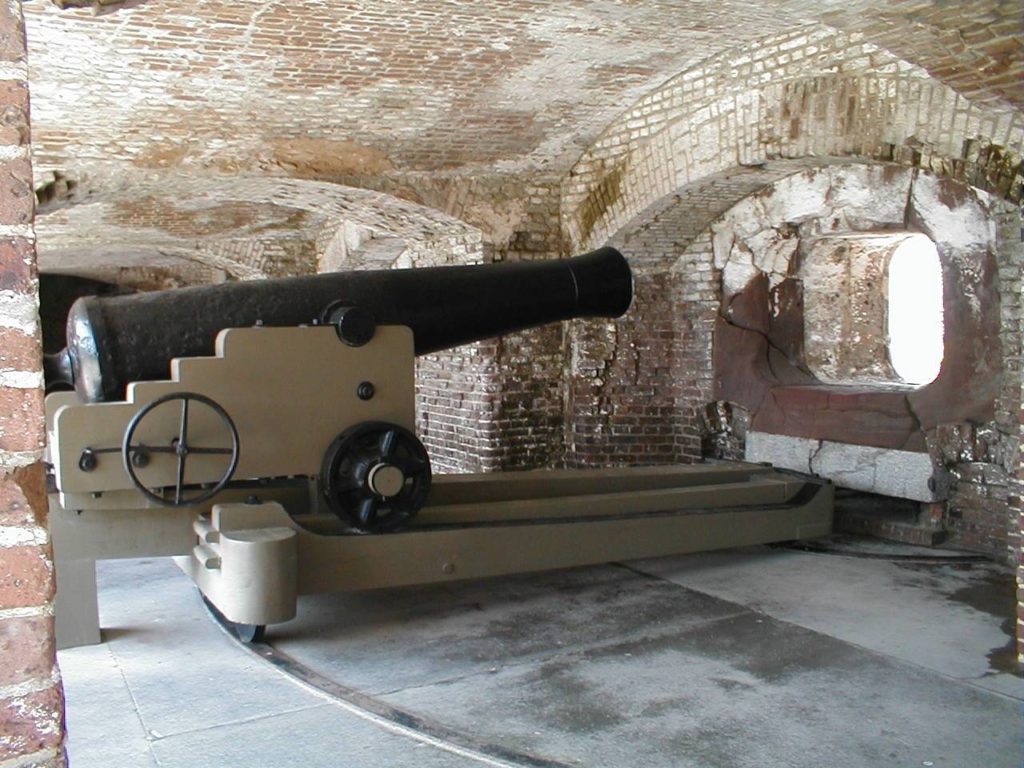
Sites to see: Today, the fort is part of Fort Sumter and Fort Moultrie National Historical Park, with Moultrie being an older facility that hosted a Patriot victory during the American Revolution. The two are accessible only by a concession-operated ferry.
Fredericksburg, Virginia
Between December 11 and 15, 1862, Maj. Gen. Ambrose Burnside, the newly appointed commander of the Union Army of the Potomac, made a two-pronged attack on the left and right flanks the Confederate Army of Northern Virginia under Gen. Robert E. Lee on the heights above Fredericksburg. The Confederates turned back the Union assault with heavy casualties (nearly 13,000), resulting in a catastrophic Union defeat that nearly derailed Lincoln’s military coverage for the Emancipation Proclamation.
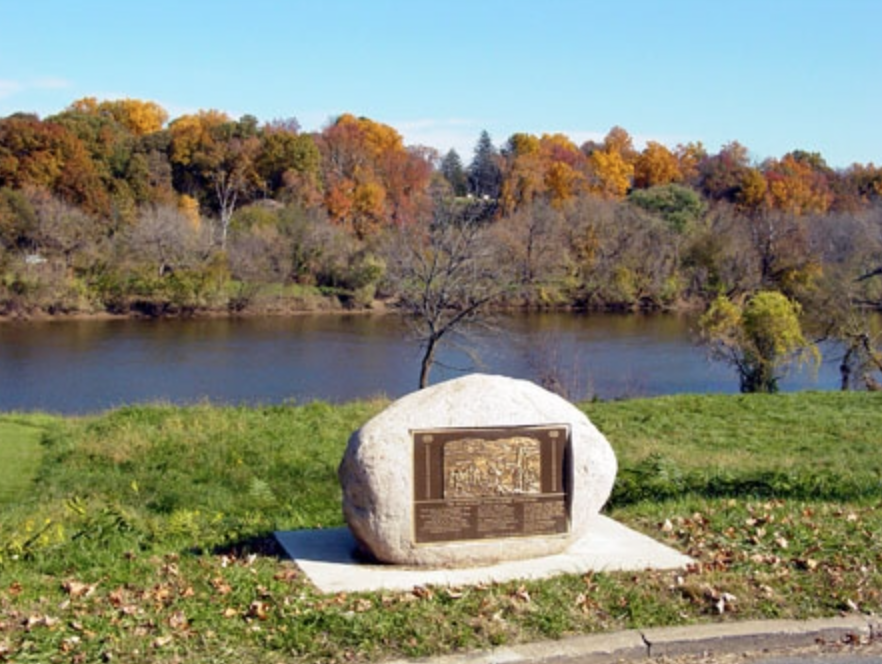
Sites to see: The 9,000-acre park comprising Fredericksburg & Spotsylvania National Military Park includes four major battlefields: Fredericksburg, Chancellorsville, Wilderness, and Spotsylvania. In Fredericksburg itself, there’s the National Park Service visitor center, with an orientation film, exhibits, and the chance to walk the Sunken Road; the battlefield with walking trails and a driving tour; Chatham, a Georgian-style plantation that served as a Federal artillery platform, hospital, and headquarters; and Fredericksburg National Cemetery, where 15,243 Union soldiers are buried.
Upcoming BGES Tour: A Comprehensive Study Tour of the Battle of Fredericksburg, with Paul Severance | December 10-12, 2021
Manassas National Battlefield Park, Virginia
Washingtonians flocked to Manassas in 1861 with wine and picnic baskets to watch the meeting of the Union and Confederate armies in the first major battle in Virginia. Believing his troops unprepared, Union Gen. McDowell resisted the battle, but political pressure forced him to move south to meet the equally unprepared Rebel army at Manassas. Initial Union attacks on the Confederate left flank put them near victory, until rebel reinforcements in the afternoon turned the tide on the Union right with a charge and bloodcurdling scream soon to be known as the “rebel yell.” Any thought of a quick war was quickly extinguished.

Sites to see: The 5,000-acre national battlefield park has extensive sign-posted trails and roads wandering through the battle site. The Henry Hill Visitor Center has a museum, audio-visual displays, fiber-optic battle map presentation, and a new theater featuring the film “Manassas: End of Innocence.”
Upcoming BGES Tour: Civil War 101: The Plains of Manassas, with Rick Britton and Len Riedel | July 16–18, 2021
Shiloh National Military Park
Nearly 110,000 troops confronted one another over two days on the banks of the Tennessee River near the Mississippi and Tennessee border in one of the war’s grimmest—and pivotal—battles. More soldiers were killed here than in all American wars to date combined. The Union Army was saved by the arrival of reinforcements and the death of Confederate Gen. A. A. Johnston. By blaming others, Grant avoided being fired.
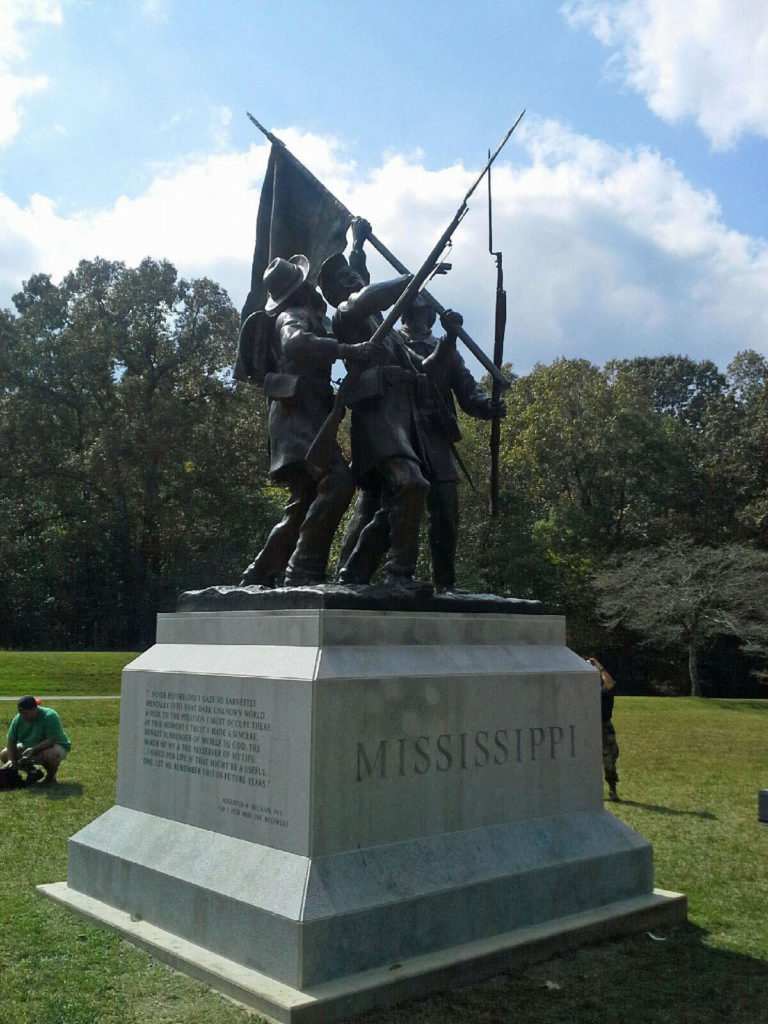
Sites to see: A self-guided auto tour of the national military park wanders past interpretive markers, and the visitor center has artifacts and a film showcasing the battle.
Upcoming BGES Tour: Shiloh, Bloody April, with Greg Mertz | April 8-11, 2021
Vicksburg, Mississippi
Vicksburg was not one battle but a series of actions, perhaps the most important series in the Civil War. To Jefferson Davis, Vicksburg was “the nail head that holds the two halves of the South together.” To Lincoln, “Vicksburg is the key. The war can never be brought to a close until that key is in our pocket.” The Siege of Vicksburg (May 18, 1863–July 4, 1863) was the final action, a decisive Union victory.
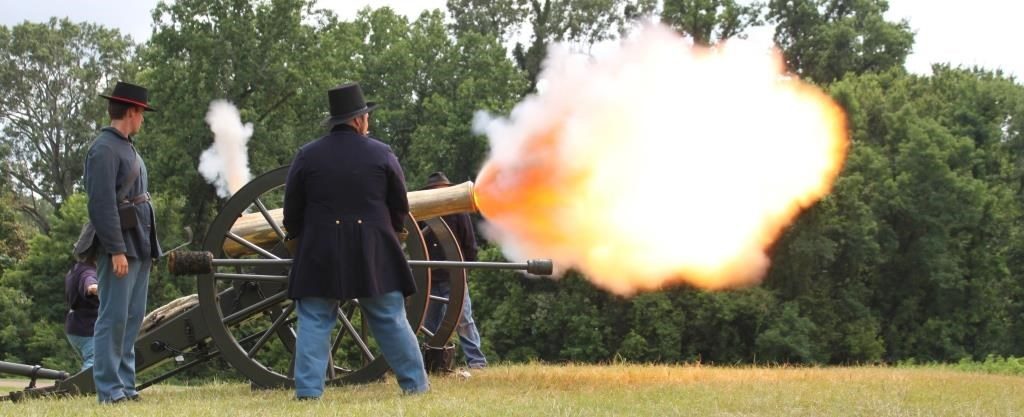
Sites to see: The Vicksburg National Military Park visitor center features a film, exhibits, and other information about touring the site. A 16-mile driving tour weaves past points of interest. Although the entire landscape was practically denuded of trees and cover in 1863, portions of the park have been restored to wartime appearance. The U.S.S. Cairo Gunboat and Museum houses the restored ironclad, sunk by a Confederate torpedo in December 1862 and an in-depth look at the naval action at Vicksburg.
Upcoming BGES Tour: Fortress Vicksburg, with Timothy Smith | November 16–21, 2021
You must be logged in to post a comment.